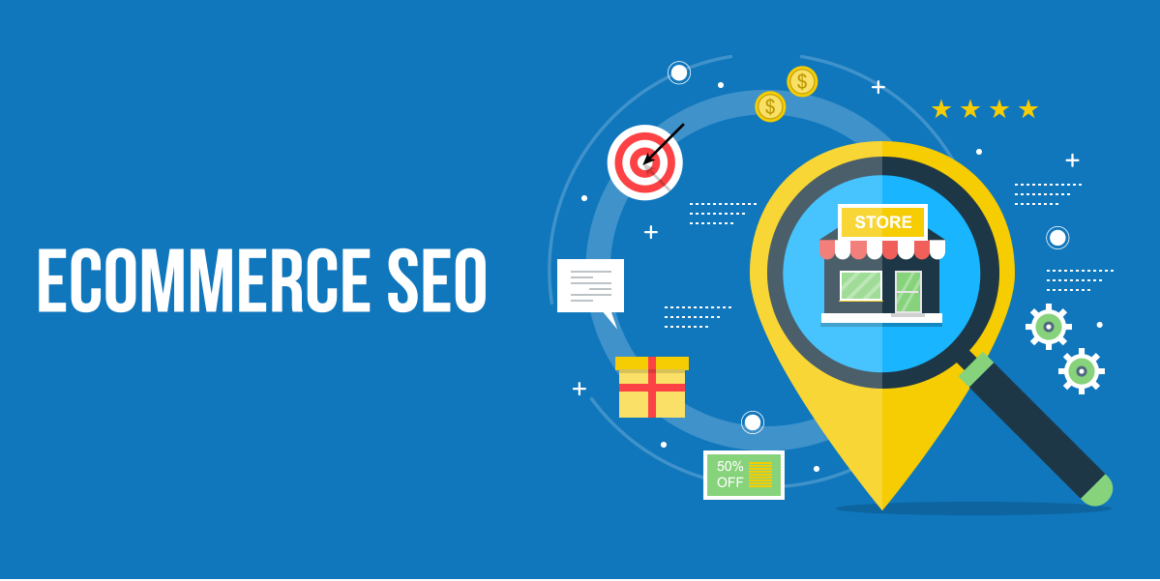In the dynamic world of e-commerce, staying ahead of the competition often hinges on how effectively you can drive traffic to your website and convert visitors into customers. While basic SEO practices like keyword optimization and meta tags remain foundational, 2024 demands a deeper dive into more advanced techniques to enhance your e-commerce SEO strategy. This blog post explores beyond-the-basics SEO tactics that can significantly boost your online store’s visibility and sales.
Introduction to Advanced E-Commerce SEO

Search Engine Optimization (SEO) for e-commerce is about making your online store more visible in the search engine results pages (SERPs). With the right SEO strategies, you attract more targeted traffic, which can lead to increased sales and customer loyalty. As search engines evolve, so too must your tactics.
1. Structured Data and Schema Markup
Structured data is a powerful tool for SEO that uses a specific vocabulary communicated through Schema markup to help search engines understand the content of your website. For e-commerce sites, leveraging structured data is crucial. It allows you to provide search engines with specifics about your products, such as price, availability, and review ratings, directly in the SERPs.
Implementation Tip:
- Use Google’s Structured Data Markup Helper to implement this on your product pages. Highlight elements like price, product availability, and reviews to generate rich snippets.
2. Enhanced User Experience (UX)
Google’s algorithm updates increasingly prioritize sites with excellent user experiences. Factors like mobile-friendliness, page speed, intuitive navigation, and interactive and visual elements can influence your site’s ranking.
UX Enhancements:
- Ensure your site is mobile-responsive, as a significant portion of users shop on mobile devices.
- Use tools like Google’s PageSpeed Insights to analyze and improve loading times.
- Design clean, clear navigation paths to ensure customers can find what they’re looking for quickly.
3. Content Diversification and Optimization

While traditional product descriptions are essential, diversifying your content can provide additional value to your users and enhance your SEO efforts. Blogs, buying guides, reviews, and tutorials related to your products not only improve your keyword strategy but also provide more entry points to your site. From blogging to bis business, SEO will be key in your success.
Content Strategy Tips:
- Develop a content calendar that addresses seasonal trends, product launches, and relevant topics that your audience cares about.
- Use tools like Answer the Public and AlsoAsked to generate content ideas based on the queries people are searching for.
4. Voice Search Optimization
As smart speakers and voice-activated devices continue to rise in popularity, optimizing for voice search becomes critical. Voice searches typically involve more natural, conversational phrases rather than the more robotic keywords used in traditional searches.
Voice Search Strategies:
- Include long-tail keywords that mirror how people speak and ask questions in everyday conversation.
- Create FAQ pages that directly answer common questions with concise and clear information.
5. Video Content and SEO

Videos can significantly impact your e-commerce site’s user engagement and SEO. Product videos, demonstrations, and customer testimonials help to boost dwell time and provide valuable content that search engines can index.
Video SEO Best Practices:
- Host video content on your domain to enhance traffic to your own site rather than third-party platforms like YouTube (though you should still leverage these platforms for additional reach).
- Ensure each video has a unique title and description, incorporating relevant keywords.
- Create transcripts for your videos, which can be indexed by search engines.
6. Local SEO for E-Commerce
For e-commerce businesses with physical stores or a specific geographical focus, local SEO is crucial. Optimizing for local search can drive both online and in-store traffic.
Local SEO Tips:
- Ensure your business is listed in Google My Business and regularly updated.
- Use region-specific keywords and create location-specific pages on your site if applicable.
7. Advanced Analytics and SEO Metrics

To continuously improve your SEO strategy, you need to measure and analyze your performance. Advanced analytics can provide deeper insights into user behavior, keyword performance, and ROI.
Analytics Techniques:
- Utilize Google Analytics and Google Search Console to track performance and identify potential areas for improvement.
- Consider A/B testing different SEO tactics to see what works best for your audience and niche.
Conclusion
E-commerce SEO in 2024 is more sophisticated than ever, requiring a blend of technical, creative, and strategic efforts. By moving beyond basic tactics and embracing advanced strategies such as structured data, UX optimization, voice search, video content, and more, you can significantly enhance your online store’s search engine rankings and overall success. The future of e-commerce SEO is dynamic and ever-evolving, and staying informed and adaptable is key to staying ahead in the competitive digital marketplace. Choose today the experienced team of Grafitis to start your website.


